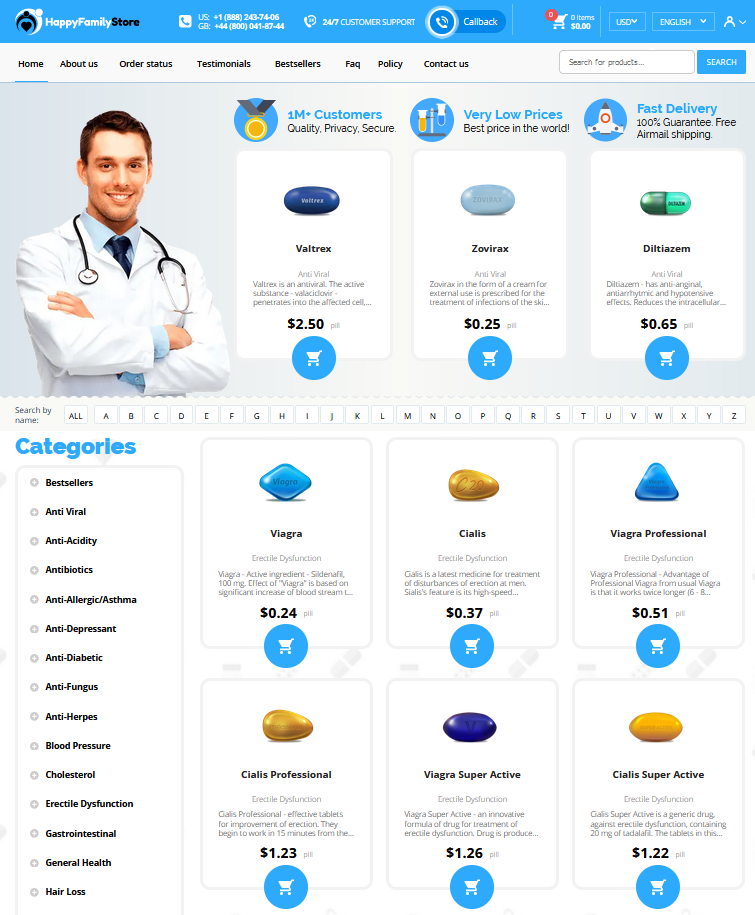 Flexeril Vs. Other Muscle Relaxants: a Detailed Comparison
Flexeril Vs. Other Muscle Relaxants: a Detailed Comparison
Flexeril: Overview and Common Uses for Relief
Imagine a world where pain ceases to dominate your every waking moment. Flexeril, a muscle relaxant crowned as one of the 'Top 200' prescribed medications, often steps in to transform that vision into reality. Designed to ease muscle spasms and alleviate discomfort, this Rx provides relief typically without the hangover of severe side effects. The journey of every prescription begins with a 'Hard Copy' from your healthcare provider, allowing you to bid farewell to those tense muscles. Whether you're stopping by a 'Drive-Thru' pharmacy or getting your meds on Fill Day, Flexeril offers a trusted path to tranquility.
```html
| Aspect | Flexeril |
|---|---|
| Class | Muscle Relaxant |
| Common Use | Muscle Spasms |
| Dosage Form | Tablet |
Popular Muscle Relaxants: an Introduction to Alternatives

In the quest for muscle relaxation, Flexeril isn't the only option on the market. Many alternative muscle relaxants are widely used, each with unique properties and benefits. Some popular ones include Methocarbamol, Baclofen, and Tizanidine. These alternatives, often found On the Counter or available through a Script, provide varied mechanisms to alleviate discomfort. It’s essential for patients to have a Meds Check and consult with their healthcare provider to determine the best choice, considering individual health needs and possible interactions with other Meds.
Mechanism of Action: How Flexeril and Others Work
Flexeril, primarily effective due to its action as a central nervous system depressant, works by intercepting nerve impulses that communicate pain and spasms between the brain and muscles. While the specific mechanisms might mimic a muscle-soothing elixir, other muscle relaxants like methocarbamol or tizanidine have unique pathways. Methocarbamol functions similarly by influencing the brain's relaxation centers, whereas tizanidine targets alpha-2 adrenergic receptors to mitigate muscle contractions. Despite their similar goals, this pharmacological cocktail illustrates distinctive approaches in modulating muscle spasms, providing individual benefits and limitations.
These muscle relaxants are designed to deliver relief stat, yet the diverse mechanisms offer varied efficacies. Flexeril may sometimes be favored over others due to its longer duration of action, but factors like sedation levels and patient-specific reactions play crucial roles. Compounded medications, combining multiple relaxants, are also considered for tailored therapeutic effects. Thus, understanding each drug's mechanism is vital for optimizing muscle relaxation treatment. Navigating the pharmacy labyrinth, it becomes apparent that the magic isn't just in the medication but in how it uniquely interacts with our biological systems, making each approach significant.
Comparing Effectiveness: Flexeril Versus Common Relaxants

Flexeril, primarily prescribed to alleviate muscle spasms, presents a notable competition among muscle relaxants. Often appearing top of the chart in Rx scripts, its efficacy is matched by others such as Baclofen and Methocarbamol. Some argue the compounded effects of these alternatives provide unique advantages. However, Flexeril enjoys a reputation for acting stat on muscle spasms, delivering rapid relief with fewer Rainbow Pills effects. The debate continues in Pharm Land, where effectiveness often depends on individual patient needs and the intricacy of each case's Meds Check.
Side Effects: Navigating Risks and Precautions
Navigating the landscape of muscle relaxants like Flexeril, it's crucial to understand potential side effects, which can range from mild hangover-like symptoms to more severe reactions. Flexeril, for instance, is known to cause drowsiness, dry mouth, and dizziness, which necessitates careful consideration of Sig provided by your healthcare provider. Patients should remain vigilant about how these meds interact with their daily activities, especially if they find themselves at a Pharm Party where the risk of unintended interactions rises.
To assist in understanding and comparing the side effects of Flexeril with other muscle relaxants, the following table summarizes key potential side effects:
| Muscle Relaxant | Common Side Effects |
|---|---|
| Flexeril | Drowsiness, dry mouth, dizziness |
| Alternative A | Nausea, headache, dry mouth |
| Alternative B | Fatigue, blurred vision, confusion |
Engaging with these details ensures a proactive approach to managing your health, navigating risks, and making informed decisions.
Choosing the Best Option: Factors to Consider
When deciding between Flexeril and other muscle relaxants, several key factors must come into play to ensure the choice aligns with your specific needs. These considerations include the script and sig that outline specific dosages and directions for medication use. It's essential to assess personal health conditions, existing medication regimens, and potential interactions with other drugs you may be taking. Taking a holistic view of your medical history and overall health can illuminate the best path forward.
Another critical aspect is the side effects profile of the medications. Not all muscle relaxants have the same risks or benefits. For some, minimal side effects might lead to less pill burden, while others might require periodic med recs or a possible elixir formulation for easier administration. Finally, cost considerations, including insurance coverage, can play a pivotal role in decision-making, so weigh costs alongside benefits for the most informed choice.